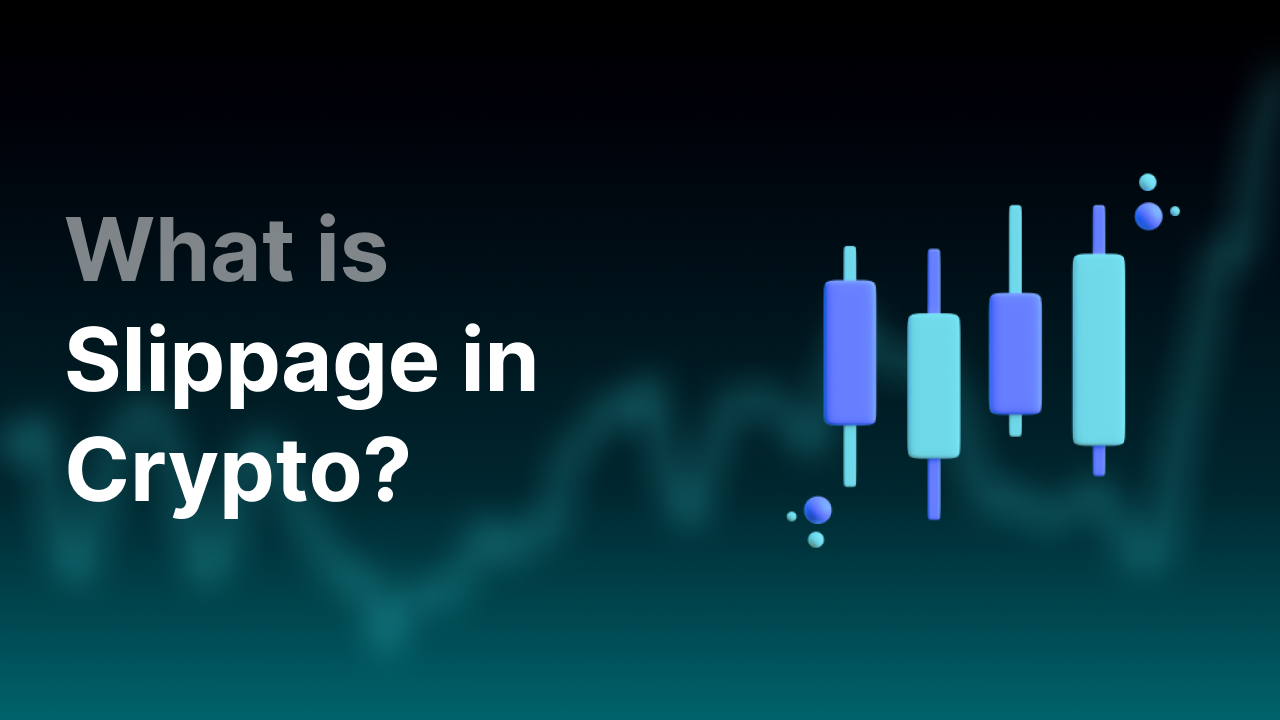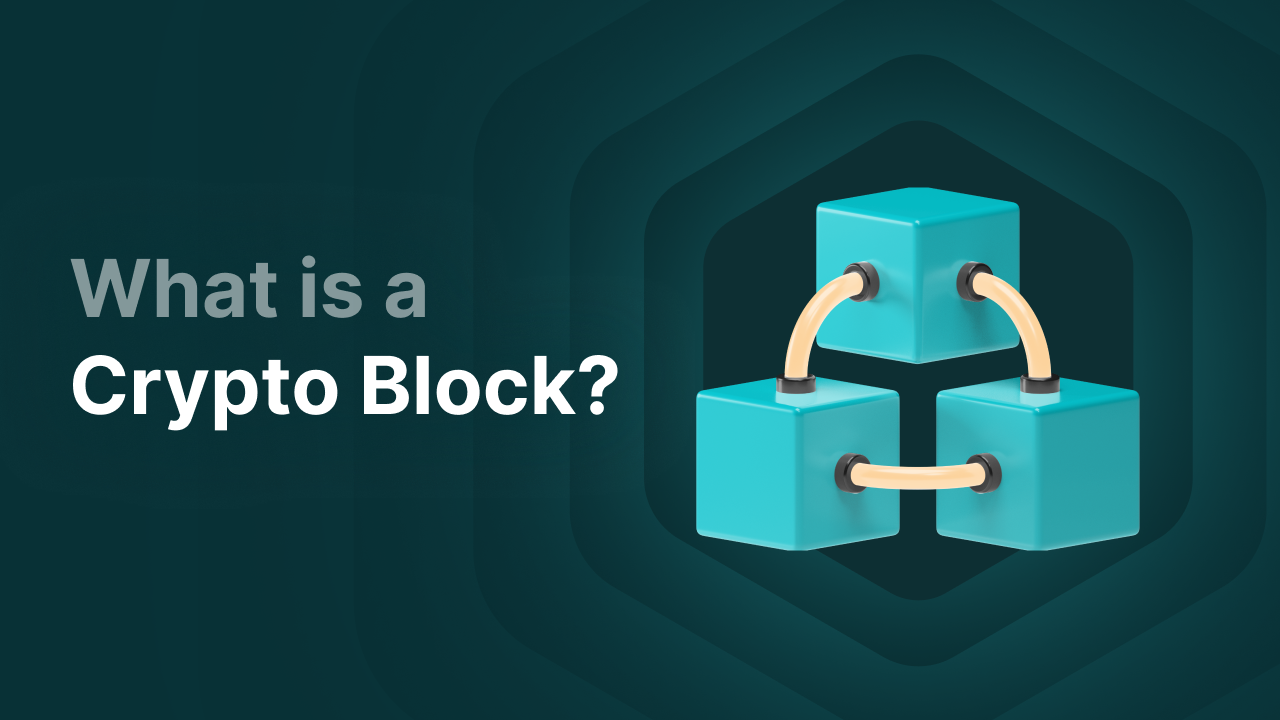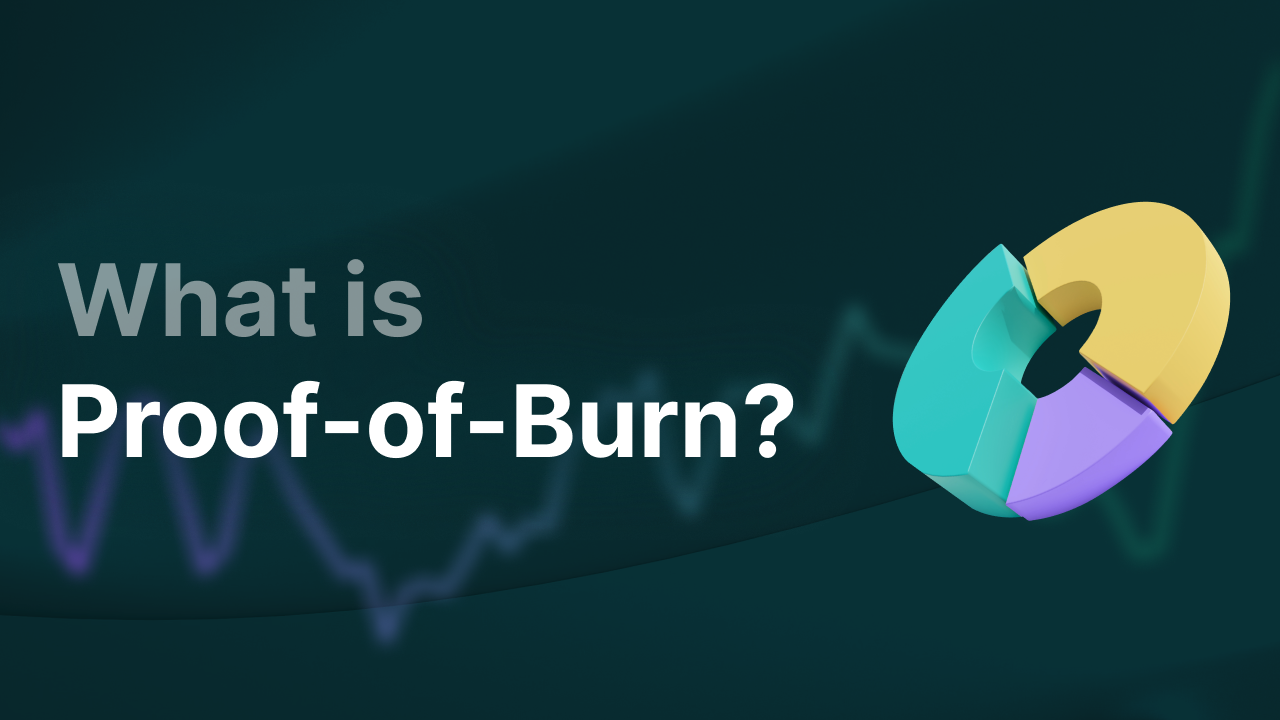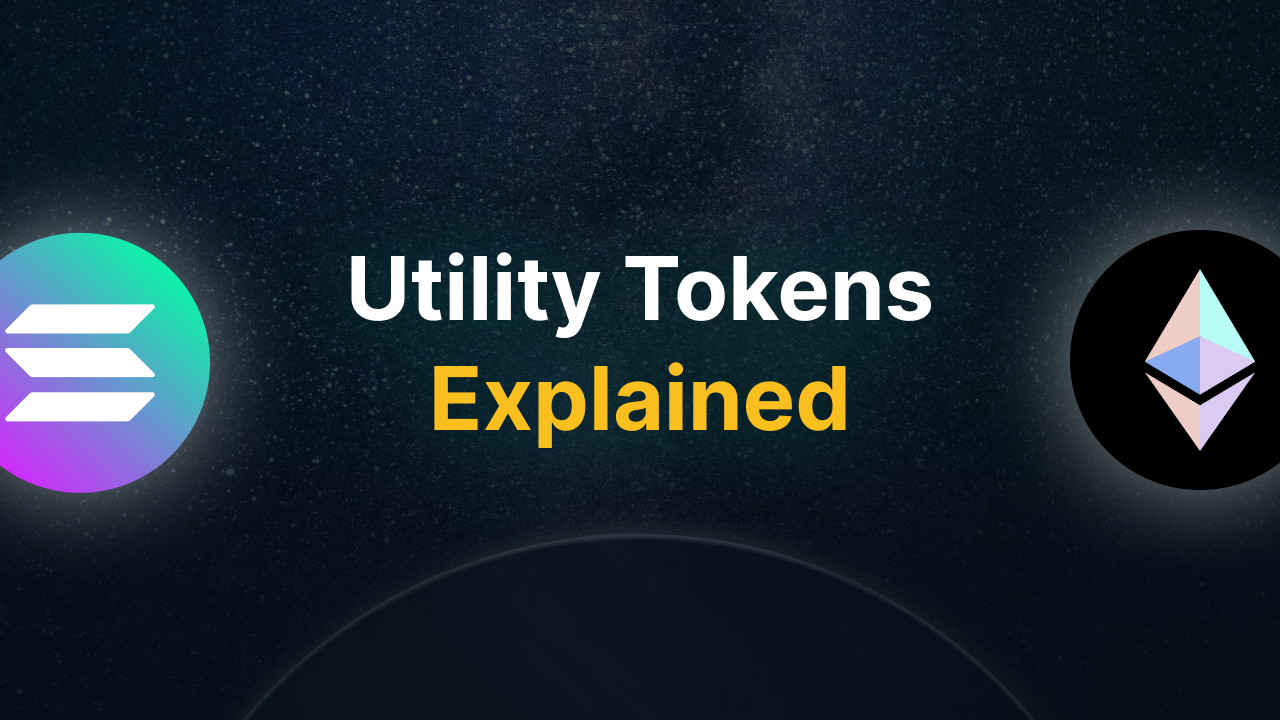What are network fees? Understanding the costs behind cryptocurrency transactions
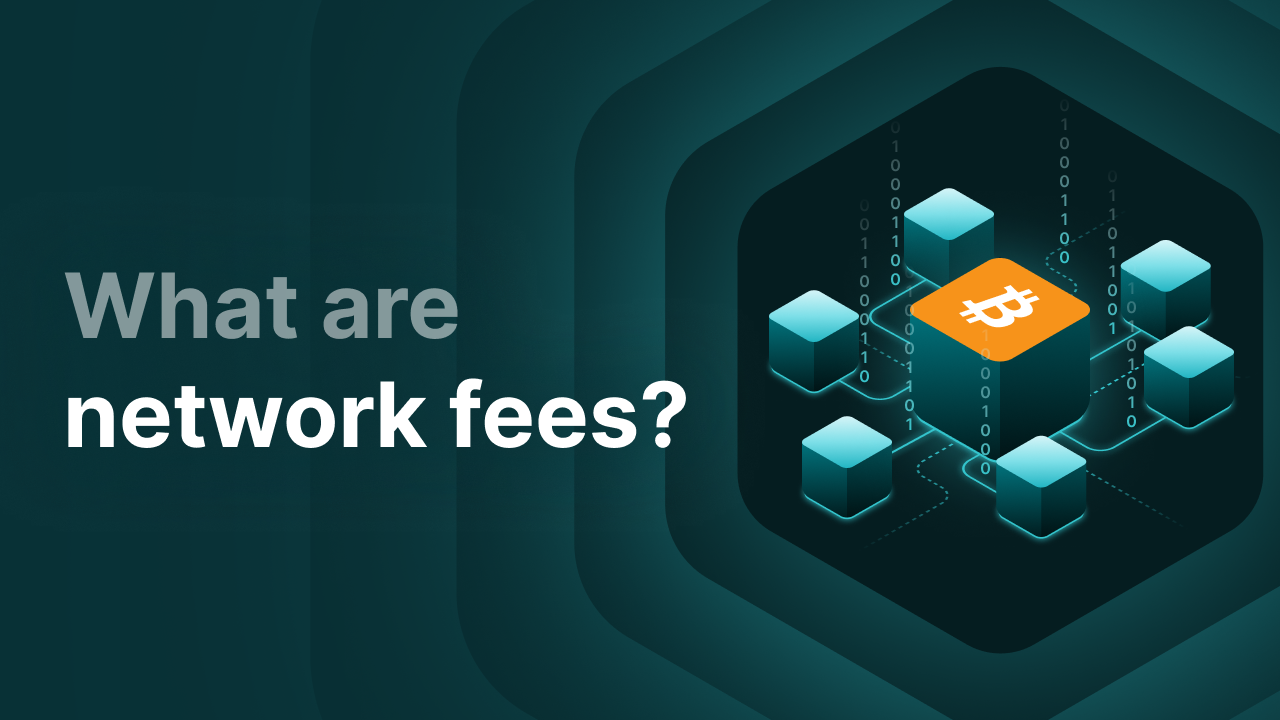
What is a network fee?
Network fees, sometimes referred to as transaction costs, miner fees, blockchain fees, or gas fees, are fees imposed on transactions that take place on a blockchain network. These fees are paid to the network’s validators or miners, who process and confirm the transactions. Network fees ensure that transactions are prioritized and recorded in the blockchain in a timely manner.
Key Takeaways
-
Network fees are the cost you pay to process a transaction on a blockchain.
-
They are paid to miners or validators who confirm and add the transaction to the blockchain.
-
Fees incentivize participants to keep the network secure and operational.
-
They prevent spam by ensuring transactions aren't free.
-
During high activity, transactions with higher fees are prioritized.
-
The fee amount depends on transaction size, network congestion, and the blockchain protocol.
-
You can lower network fees by smart timing, batching, or using Layer 2 solutions.
Why do network fees exist?
Network fees serve several crucial functions in a blockchain, all of which are interconnected. First, they represent the reward for miners and validators—those who use their hardware, electricity, and time to add new blocks to the blockchain and thus ensure the network’s security and continuity. Without this financial incentive, few would be willing to contribute those costly resources, leaving the blockchain vulnerable.
At the same time, the fees act as a form of protection against spam: because every transaction costs something, it becomes very expensive for a malicious actor to flood the network with useless messages.
Lastly, network fees help manage congestion. When many people want to transact at the same time, fees increase. Those willing to pay more are served first. This allows the network to continue functioning during peak moments, ensuring transactions are distributed fairly. In short: those small costs you see during a transaction do much more than you might expect.
How do miners earn a block reward?
On the Bitcoin network, thousands of miners continuously compete to add the next block to the blockchain. This happens through the Proof-of-Work mechanism, where they try to solve complex mathematical puzzles. This is a cryptographic process that requires significant computing power.
The miner who first finds a valid block is allowed to add it to the blockchain. The reward they receive consists of two parts:
-
The block reward: a fixed amount of new Bitcoins introduced into the network. This is how new BTC enters circulation.
-
The collected network fees from all the transactions included in that block.
The block reward is halved approximately every four years in a process known as the halving. This helps limit the supply of new Bitcoins, a key part of Satoshi Nakamoto’s philosophy to create scarcity and combat inflation.
How do network fees work?
When traders submit a transaction to the blockchain, the crypto transaction is first sent to a type of queue called the mempool. Validators or miners then choose which transactions to include in the next block, based partly on the fee offered. The higher your fee, the faster your transaction is processed.
Since blockchain blocks have limited block size, high network traffic turns the mempool into a kind of auction: those who pay more go first.
How are network fees determined?
Network fees are determined by several factors, including:
-
Transaction size: Larger transactions with more data usually require higher fees because they take up more space on the blockchain.
-
Network demand: When many users transact at once—such as during a price surge or a token launch—network fees can spike. Users who want their transaction to process quickly pay extra to gain priority.
-
Blockchain protocol: Different blockchains use different fee structures and mechanisms. For instance, Bitcoin and Ethereum use different algorithms to calculate fees, resulting in cost variations.
Examples of how network fees are calculated:
Bitcoin uses a model based on the size of your transaction in bytes and the fee per byte (e.g., 50 satoshis/byte).
Ethereum uses gas, a unit that reflects the amount of computational effort your transaction requires. Since the introduction of EIP-1559, the fee consists of a base fee and an optional tip (priority fee) to expedite processing.
Network fees in crypto transactions
When it comes to cryptocurrencies, it’s important to know that network fees can vary significantly between cryptocurrencies and blockchain networks. Here’s a look at the network fees for the two largest cryptocurrencies: Bitcoin and Ethereum.
Network fees on the Bitcoin blockchain
Bitcoin, the first and most well-known cryptocurrency, uses a Proof-of-Work consensus mechanism to secure its network. Bitcoin network fees can fluctuate greatly, especially during times of high network activity. Users can often set their own transaction fee—higher fees result in faster confirmations. On the other hand, a fee that’s set too low may cause your transaction to be delayed for hours or never processed.
Since 2017, Segregated Witness (SegWit) has helped reduce fees. This upgrade makes transactions more compact by storing signature data separately, allowing more transactions per block and reducing per-transaction costs.
Network fees on the Ethereum blockchain (gas fees)
Ethereum uses a Proof-of-Stake consensus mechanism, where validators stake ETH to validate the network. Ethereum network fees—commonly known as "gas fees"—can be quite volatile. Gas fees depend on how complex the transaction is and how congested the network is.
Reducing crypto network fees
High network fees on cryptocurrency blockchains have long been a hot topic. Since the early days of the industry, developers have worked on innovations to reduce them. Here’s how traders can minimize network fees:
-
Transaction timing: Executing transactions during off-peak hours can reduce transaction fees. Network activity is often lower on weekends or late evenings, potentially leading to lower fees.
-
Batch processing: Combining multiple transactions into one can reduce the total cost per transaction. This is especially helpful for businesses or individuals sending payments to multiple recipients.
-
Using Layer 2 solutions: Layer 2 solutions, such as the Lightning Network for Bitcoin or rollups for Ethereum, help lower blockchain fees by processing transactions off-chain and then settling them in bulk.
-
Explore alternative blockchains: Some newer blockchains offer lower fees and faster transaction times. For example, Solana is known for lower transaction costs compared to Bitcoin and Ethereum.
Fees on Finst
At Finst, we aim to offer a transparent and cost-efficient trading experience. It’s important to note that network fees are beyond our control, as they are set by the blockchain networks themselves. We charge a fixed trading fee of 0,15% per transaction, and any additional fees you encounter when trading crypto are clearly displayed for each transaction on our platform. This means that although network fees may vary depending on the blockchain and current demand, our transaction fee remains consistent—helping you manage your costs more effectively.
Final thoughts
Network fees are a vital part of blockchain technology. They reward network participants, prevent abuse, and ensure fair transaction processing. However, they can vary significantly depending on usage and timing. By making smart choices, you can often reduce these costs as a user.
